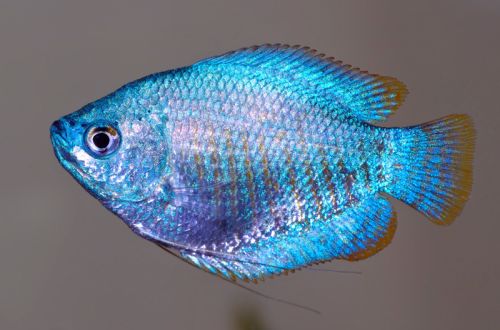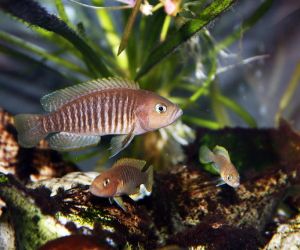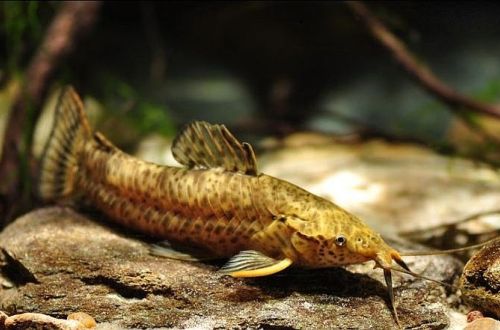
flag pecilia
The Flag or Sailing Pecilia is known as SailFin Platy in English-speaking countries. The fish has a high dorsal fin, the first rays of which are noticeably thickened and higher than the subsequent ones, due to which a characteristic triangular shape is formed, vaguely resembling a flag or a miniature sail.

One name is used for two varieties at once, obtained by hybridization of the common Paecilia and Pecilia variatus with the SailFin Swordtail.
There are many color variations. Flag pecilia can be red, yellow, silver, blue, or repeat the colors of other popular varieties, such as the Hawaiian pecilia.
Brief information:
- The volume of the aquarium – from 60 liters.
- Temperature – 20-28°C
- Value pH — 7.0–8.2
- Water hardness – medium to high hardness (10-30 GH)
- Substrate type – any
- Lighting – moderate or bright
- Brackish water – acceptable at a concentration of 5-10 grams per liter of water
- Water movement – light or moderate
- The size of the fish is 5–7 cm.
- Nutrition – any food with herbal supplements
- Temperament – peaceful
- Content alone, in pairs or in a group
Maintenance and care
Pecilia are distinguished by their endurance and unpretentiousness, which is typical even for decorative varieties. For 3-4 fish, an aquarium of 50-60 liters with several shelters is enough. Warm water (22–24°C) with pH values close to neutral or slightly higher is considered comfortable.
They are undemanding to the diet and will accept most popular foods in dry, frozen and live form. A good choice would be food made specifically for Pecilia, produced by many well-known manufacturers.
Due to the ability to live in various conditions and peaceful disposition, these fish can coexist with most other non-aggressive species.
Breeding / breeding

In the presence of at least one pair of sexually mature male and female, the probability of offspring is high. The incubation period lasts 26–30 days at a water temperature of 22–26°C, so fry will appear almost every month in a favorable environment. As with other livebearers, juveniles appear fully formed, bypassing the egg stage (they develop inside the body of females). Adult fish, on occasion, will certainly eat their own offspring, therefore, in order to avoid predation, fry are recommended to be placed in a separate tank.





